How to Train Your Dog Not to Run Away
by dogtoyadvisor | Last updated on November 18, 2020
We only review products we tested ourselves. We have affiliate partnerships, so we get a share of the revenue from your purchase.
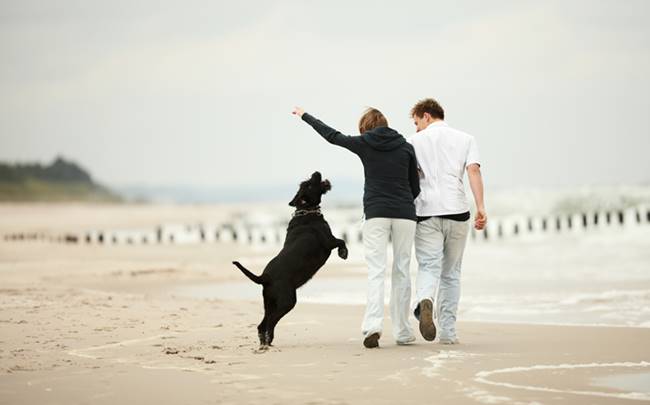
Few things are as dangerous or as stressful as having a dog that’s always ready to bolt away from you on every occasion he gets.
By running away we mean a lot of things.
When you open the door or let him off the leash and he darts off in full speed, when he pulls on the leash and escapes, etc.
Why Dogs Run Away
It’s usually a combination of factors.
Imagine your dog, home alone all day long, not doing much. He feels lonely and bored so he’s bound to act up.
Then, he senses you arriving home and gets super excited! So, as he sees the front door opening, he charges it at full speed and escapes.
Or maybe you’re walking him and a loud noise occurs, like thunder. He’s going to do anything he can to escape.
Another very likely cause is hormones. If your dog isn’t neutered or spayed, during heat season, he or she will do pretty much anything to find a mate, they can’t help it, hormones take over.
Curiosity can also play a big factor, neighboring cats won’t help either.
Why Your Dog Running Away is Dangerous
He can get lost, injured or killed, caught by somebody who won’t return him or get captured and taken to a shelter.
It’s heartbreaking to lose your dog on an accident like this, but it’s ten times worse living the rest of your life not knowing what happened to your dog, we can’t even imagine what that must be like.
Whenever your dog is outside, the only way to keep him truly safe is under your supervision and if he keeps running off, you won’t be able to do that.
What NOT To Do When Your Dog Runs Away
If (or when) he does run away, you need to know two things.
First is, never run after him.
We’re not saying to let him go and stay put (although some dogs are known to return when you do that but we personally would never be able to just stand still and watch them run away).
You can follow him without running. Running after him looks like play time, a game. This means he’ll just keep running.
If he’s watching you, trying to decide if you’re playing or not, you’ll want to take advantage of that by calling him and make big gestures and noises before running away from him, to make him chase you.
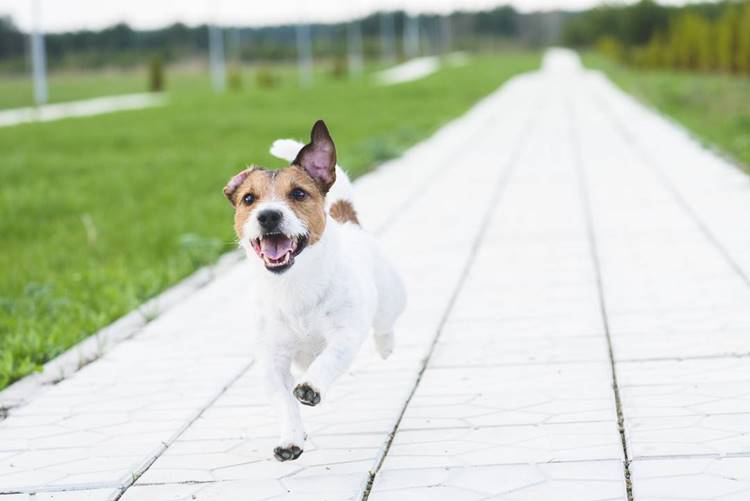
The second thing is, once you get him back (finally!) don’t punish him in any way, shape or form.
Ideally, you’ll want to get him back on the leash and keep walking like nothing happened.
But if you must react, react with joy and pet him, even reward him if necessary.
We know it sounds crazy, rewarding dangerous behavior, but in fact, you’re not rewarding his escape, your rewarding his return.
Think about it, if you punish your dog when he escapes, if (or when) he escapes again, he’ll just be much more hesitant to return because he knows he’ll be punished and that’s the opposite of what we want.
How To Train Your Dog Not To Run Away
Above anything else, getting your dog not to run away is about getting him to focus on you.
He can play with other dogs, run to his heart content, but he must always focus on you and look around to see where you are.
This is tricky because many things can distract a dog when he’s outside.
It does help a lot having your dog neutered or spayed because he won’t be distracted by potential mates.
Even then, if you have hunting breeds like we do, you’ll know what it’s like to watch them catch a scent and run off, completely forgetting about anything else.
Step 1 – Get the Right Gear
For training your dog to focus on you, you’ll need a long training leach for those times he won’t do as he’s told (which is totally okay).
Then, you’ll need rewards. This depends on your dog, does he prefer toys or treats? Get him whatever he prefers.
Then, if you’re a clicker fan, you’ll want to use that too.
We use the clicker quite a lot. It simplifies training a lot. Yes, we also use commands, but the clicker gets the dogs into the right mind frame.
They know if they hear that sound, they’re expected to perform a certain action and it makes them focus on you to hear what the command is.
Step 2 – Commit To A Schedule
For your training to work, know that you’ll need to do it often and consistently.
Ideally, you’ll set aside 20 minutes a day, every day, to work with your dog on this.
Pick a time of day that’s quiet and a place that doesn’t have any distractions, at least in the initial stages of training.
Then do the training for as many days as it takes for your dog to perfectly master it.
Step 3 – Start Off Small
Training your dog not to run away is very similar to teaching your dog to come when called.
You’ll want to have your clicker on hand and pick a word to use when you want your dog to focus on you.
With the long leash attached, allow him to walk around, smelling around, playing even and wait for him to look at you.
At this initial stage, he may not do it. If after a few minutes he doesn’t look at you, just get closer to him and say his name.
The moment he looks at you, use the command and the clicker. This will tag the intended behavior.
Reward him and repeat.
For the first day and if you’re still having trouble getting him to focus on you, do this for 20 minutes and call it a day.
Step 4 – Keep Working With Him
After this first day, you’ll work on this exact same exercise until he starts focusing on you quicker and easier.
In time, it will start working the other way around.
Your dog will be distracted but as soon as he hears the command and/or the clicker, he’ll immediately focus on you.
When you get to this stage and he’s doing it automatically, you’ll know he’s learned the behavior.
Step 5 – Add Distractions
Take your training to the place you know distracts him the most. The dog park, somewhere with lots of smells, noises, etc.
Even there, you’ll start a bit quieter and increase the distractions as he evolves.
Do it consistently and for as many days as it takes for your dog to obey automatically.
The end goal? Having your dog playing with his friends, very excited and dropping everything he’s doing to focus on you.
Once he does that, you’ll know you’ll be able to get his attention in whatever situation, including when he’s about to run away.
What To Do If Your Dog Runs Away
Now that you know you’re able to get your dog’s attention whenever you want, you still need to know what to do when your dog is about to or is already running away.
In that situation, you need to act fast.
If he’s still near you, you’ll use the command and/or the clicker, then ask him to sit.
If he’s already running away or if he’s at a distance, you’ll use the command and/or the clicker to get his attention, then call him to you.
How It Was For Us
Our Jack Russells are very toy focused and it’s easy to keep them in check just by having two balls with us (a tennis ball for Tommy and a larger ball for Coco).
Dobby escaped us a couple of times, usually because he’d get scared of a loud sound or another dog and, being strong, he’d panic and tug the leash to run off.
The first time he did it, we did all the wrong things.
It was nighttime and we ran after him, screaming like crazy, down a busy avenue (it’s impossible for a human to catch a fleeing Podengo, they’re incredibly fast) until he crossed the busy road and turned a corner and disappeared.
We searched and searched until we found him, a group of teens had seen him and had managed to corner him into an alley.
Once we got to him, we were so frantic, we actually made him more afraid, which didn’t help.
After that, the first thing we did was change his entire gear.
We got him a bright color, reflective harness, one that would allow drivers to spot him on the road.
We found this one that is particularly comfortable and is no pull, which helps keep the dogs in control at all times.
For those dark, winter nights, when the harness just isn’t enough, or if we’re going for longer walks, we also use the LED dog collar.
Not only do our dogs look so cute and stylish, we’re absolutely sure we can spot him at a larger distance, even in the darkest of nights.
Also, we’ve added a bit of training to prevent it from happening and we’re happy to say we haven’t had any dog run away from us in years!
Read also: How to Stop A Dog Pulling On The Leash
Affiliate links / Images from Amazon Product Advertising and iStock
Recommending Reading:

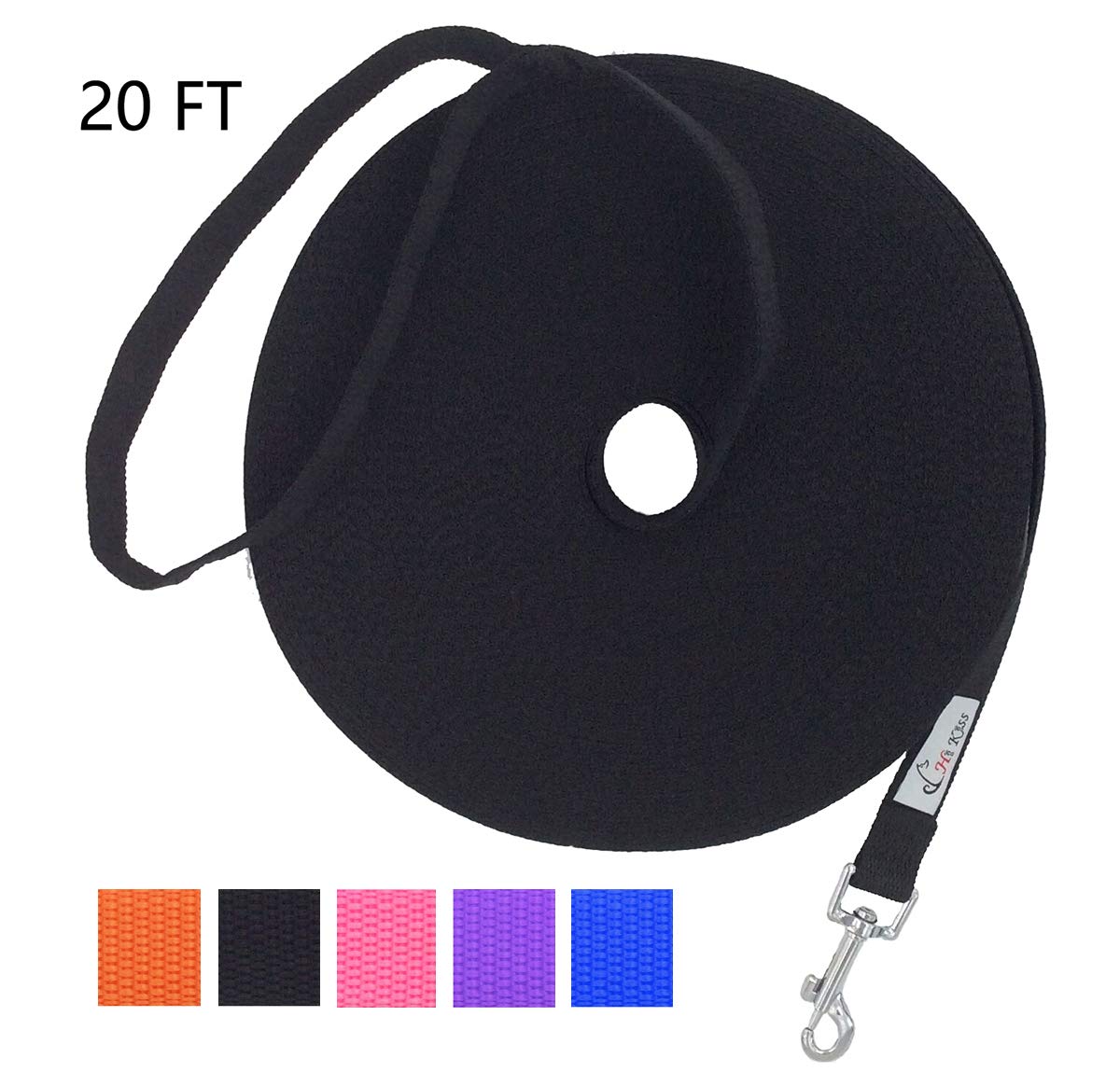

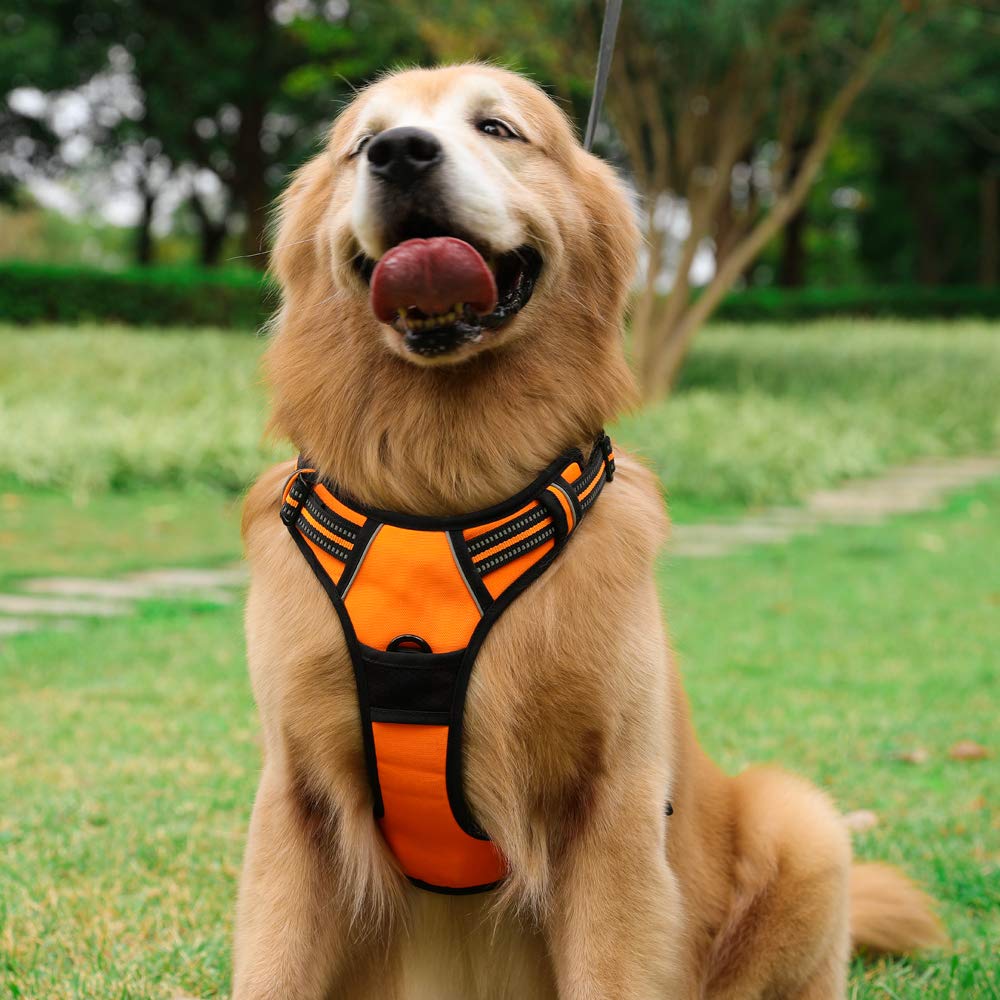
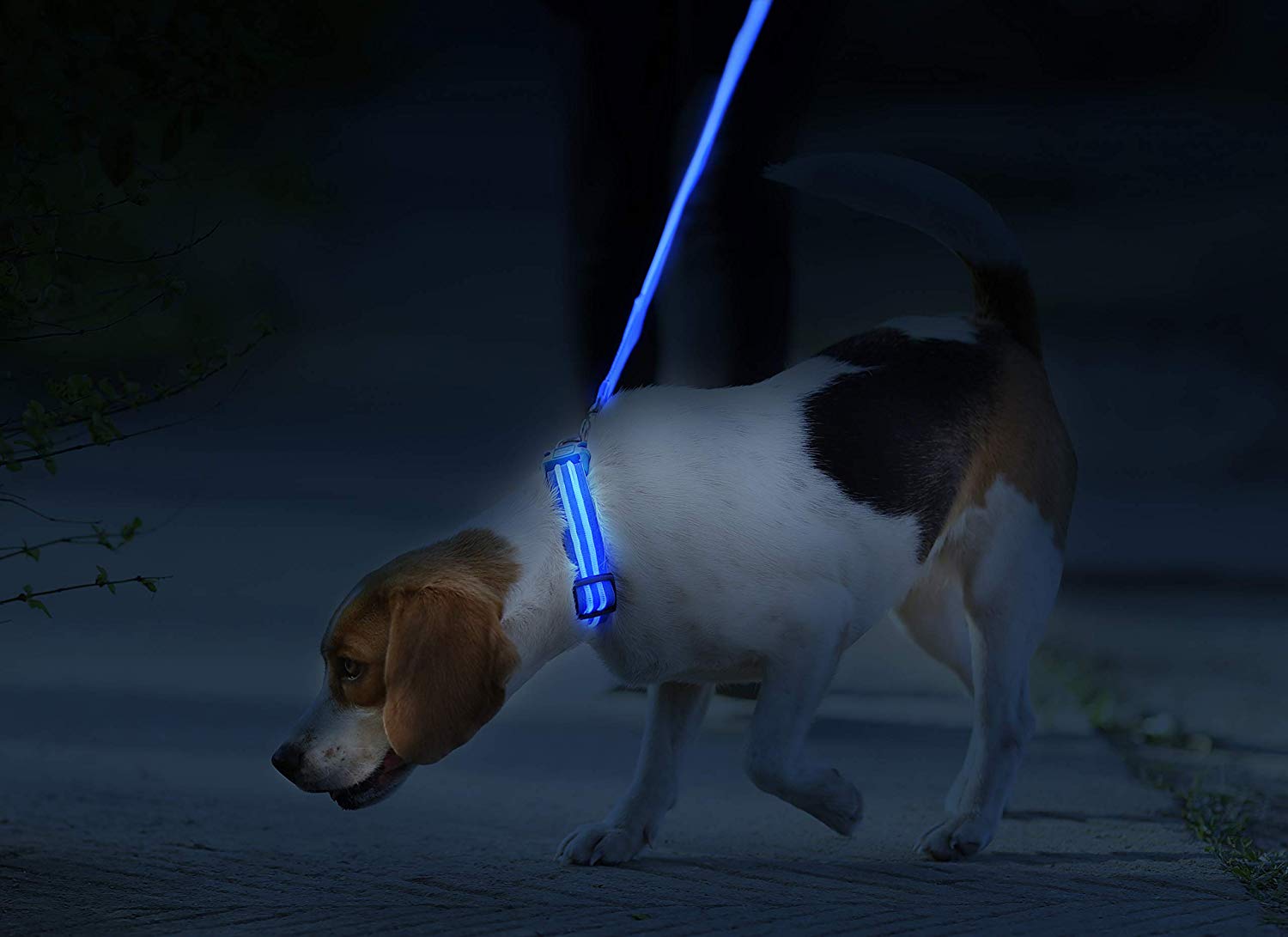
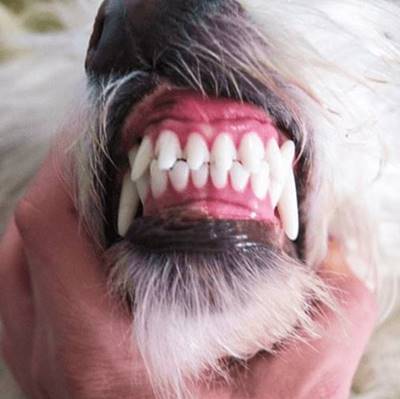
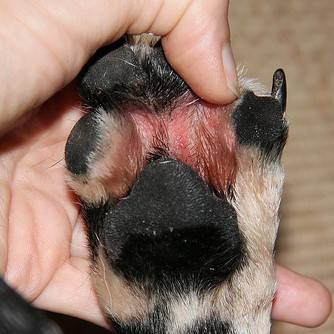

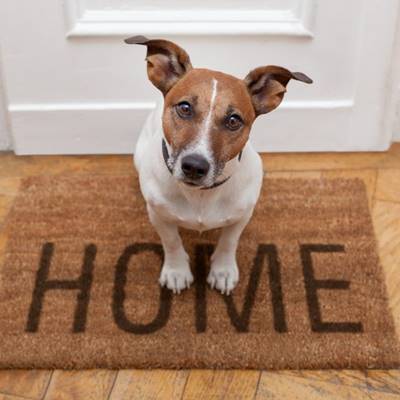
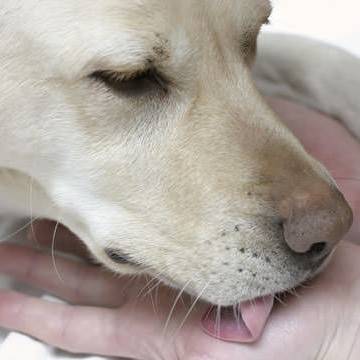
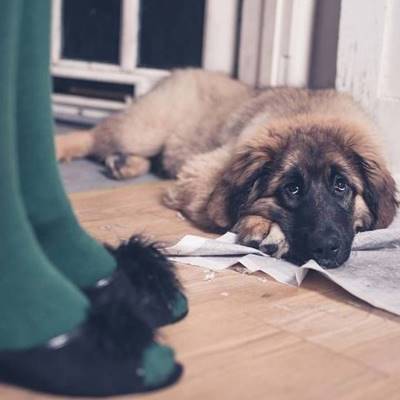

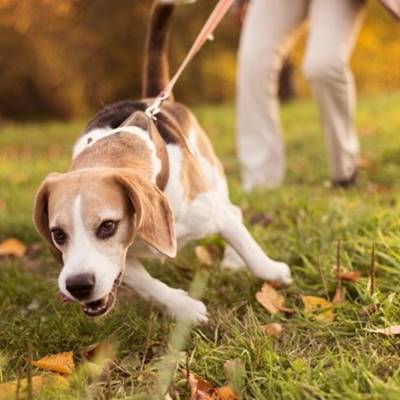
0 Comments